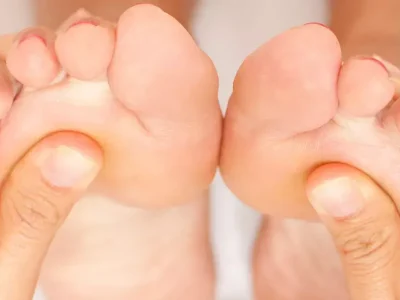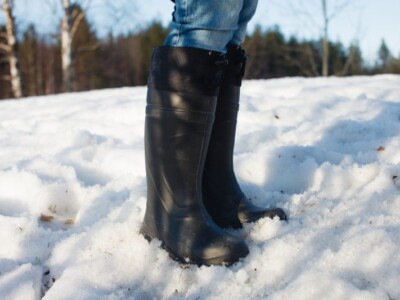Verrucae
Verrucae are warts that can be found anywhere on the foot but commonly occur on the soles of the feet. They can even be found around the edges of nails. They are harmless but in some circumstances, they develop on a weight-bearing area of the foot where they are likely to be painful. Some strains of verrucae spread very quickly and can become unsightly.
How do I know if I have the start of a verruca?
The classic appearance is cauliflower-like, sometimes containing small black dots. They can vary in size and number. Sometimes a verruca can quickly spread into a cluster made up of many tiny verrucae.
A simple diagnostic test is to pinch the skin (like you would squeeze a spot) where you think you may have a verruca on your foot. If it hurts, you may have a verruca. Corns tend not to hurt if you pinch them, but hurt if you press them. Pressing a verruca is generally painless.
How do I treat my verruca?
Evidence has shown that, in many cases, the body’s defence mechanism, the immune system, will recognise the virus and fight the infection. Due to the nature of the virus, this may take many months to happen. Letting nature heal the verruca is the best and safest course of action. For painful, unsightly verrucae, or ones which are spreading, you may choose to self-treat or seek professional help from a podiatrist.
Never self-treat if you have diabetes, poor circulation, are pregnant or have any other conditions affecting the health of your feet. If you have diabetes, check with a podiatrist or your pharmacist before self-treating. If you decide to seek treatment, the podiatrist will assess your general health as well as your foot health before deciding on a treatment plan.
Cryotherapy
This involves freezing the verruca with a liquid cryogen, Cryospray 59. This can be used when there are one or two solitary verrucae, or they are on their toes.
Book a Podiatry Appointment
Other Conditions We Treat
What our clients say









